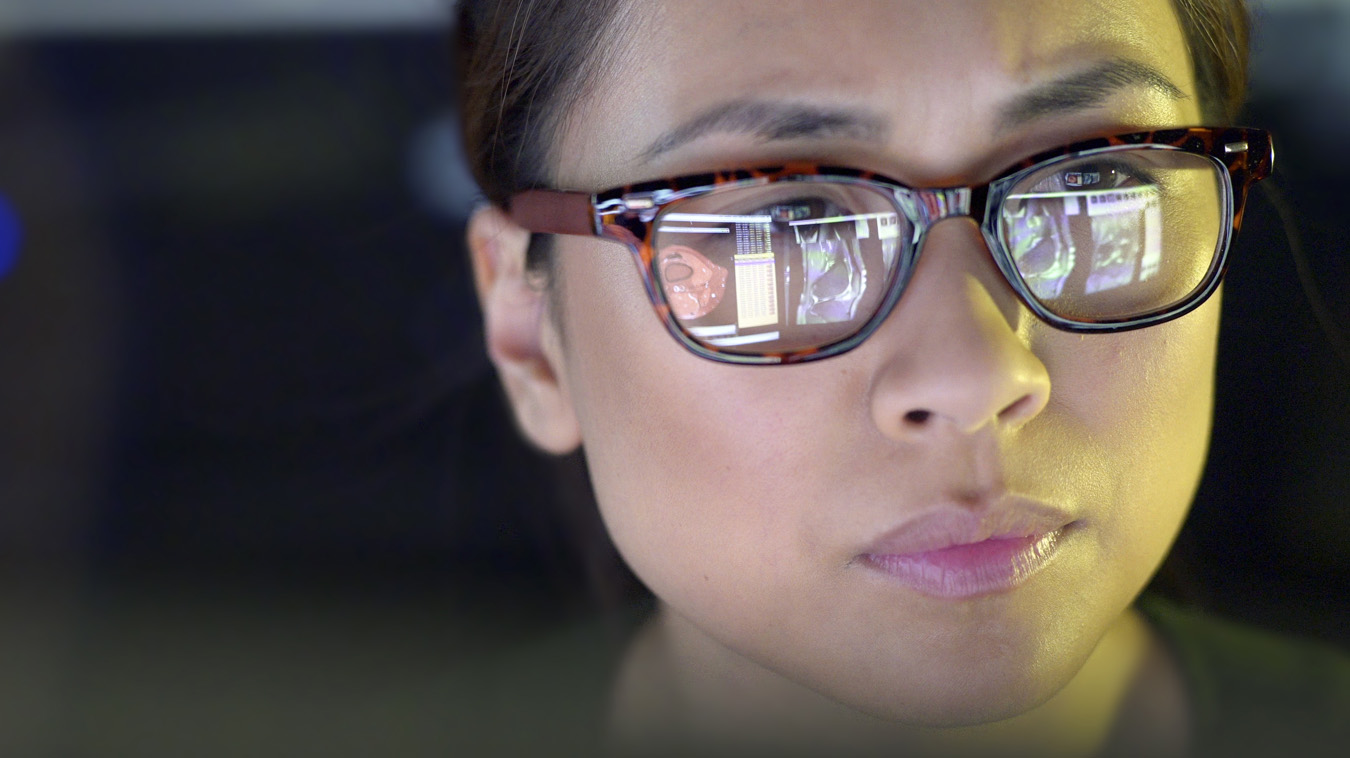
Home WHY DO RADIOLOGISTS HAVE SPECIALTIES?
One of the first steps in investigating your health concerns is often medical imaging. Your doctor might request X-ray, ultrasound, MRI, mammography, or CT exams to help take a look inside your body and determine the cause for your symptoms.
Most medical imaging exams involve a technologist conducting the exam and a radiologist interpreting the images and compiling a report for your doctor. A radiologist is a physician, who after obtaining a medical degree undergoes further training in radiology.
Many radiologists also train further in certain specialties. Mayfair Diagnostics is owned and operated by over 50 radiologists who hold fellowship training in all radiology sub-specialties, such as neuroradiology, body, cardiac, musculoskeletal, etc.
As medical imaging technologies, such as MRI, become more sensitive and targeted, sub-specialization in radiology ensures an expert review of your imaging and a high-quality report for your doctor by an applicably trained radiologist.
Medical imaging exams can be performed in a variety of settings including hospitals, urgent care centres, and community clinics. Where you are sent usually depends upon your health care practitioner’s recommendation, but, wherever the imaging is performed, the images are reviewed by a radiologist.
Radiology has become fundamental to modern medicine with doctors using it to diagnose and treat many diseases and conditions.
Once your doctor has identified the need for a medical imaging exam, you will be given a requisition form. Most medical imaging exams require an appointment which your doctor’s office might book for you, or you can book yourself. X-rays are offered in the community on a walk-in basis at any medical imaging clinic and appointments are not required for general X-ray procedures. Simply bring your form with you.
A technologist, who is qualified and registered to perform exams by their profession’s national professional association and certifying body, acquires images according to specific protocols. Should the technologist identify any immediate concerns, they will bring them to the attention of the radiologist; however, they are not legally permitted to divulge any results directly to you, the patient.
After the technologist has completed your medical imaging exam, your images are examined by a radiologist.
The radiologist reviews your imaging to look for abnormalities to help identify what may be causing your symptoms. This is called diagnostic medical imaging, which is ordered to investigate a specific concern.
Your doctor may also order a screening medical imaging exam, which helps detect diseases before you have symptoms, while they can still be successfully treated. An example of this is regular mammography screening to help detect early signs of breast cancer before it can be felt. A radiologist will examine these exams and compare them to previous images year over year to identify changes that might require further examination.
Once the images have been reviewed, the radiologist produces a report that contains a summary of his or her findings, a possible diagnosis, and recommended next steps. This report is sent to your referring physician.
If there are immediate concerns with the examination or your doctor has asked for an immediate result, your results will be phoned or faxed to your referring physician. Otherwise, results will be received by your doctor within one to two business days depending on the type of exam. Your doctor will then be able to review your results with you, along with the results of any other test you may have undergone, and determine the next steps in your health care treatment plan.
Radiologists at community clinics send their reports to the same health information network that hospitals and family medicine clinics use, ensuring that your health care practitioner can easily access the information they need from your medical imaging exam.
Your images will be uploaded to a provincial picture archiving and communication system (PACS) – this technology provides electronic storage and convenient access to your medical images from multiple sources, such as your doctor, specialists, hospitals, and walk-in clinics.
For more information about Mayfair Diagnostics, please visit our services or locations pages.
REFERENCES
Alberta Society of Radiologists (2022) “Get the Whole Picture.” www.getthewholepicture.ca. Accessed March 1, 2022.
The Conference Board of Canada (2019) “Value of Radiology, Part II.” www.car.ca. Accessed March 1, 2022.
© 2024 Mayfair. All rights reserved.
| Cookie | Duration | Description |
|---|---|---|
| cookielawinfo-checkbox-analytics | 11 months | This cookie is set by GDPR Cookie Consent plugin. The cookie is used to store the user consent for the cookies in the category "Analytics". |
| cookielawinfo-checkbox-functional | 11 months | The cookie is set by GDPR cookie consent to record the user consent for the cookies in the category "Functional". |
| cookielawinfo-checkbox-necessary | 11 months | This cookie is set by GDPR Cookie Consent plugin. The cookies is used to store the user consent for the cookies in the category "Necessary". |
| cookielawinfo-checkbox-others | 11 months | This cookie is set by GDPR Cookie Consent plugin. The cookie is used to store the user consent for the cookies in the category "Other. |
| cookielawinfo-checkbox-performance | 11 months | This cookie is set by GDPR Cookie Consent plugin. The cookie is used to store the user consent for the cookies in the category "Performance". |
| viewed_cookie_policy | 11 months | The cookie is set by the GDPR Cookie Consent plugin and is used to store whether or not user has consented to the use of cookies. It does not store any personal data. |